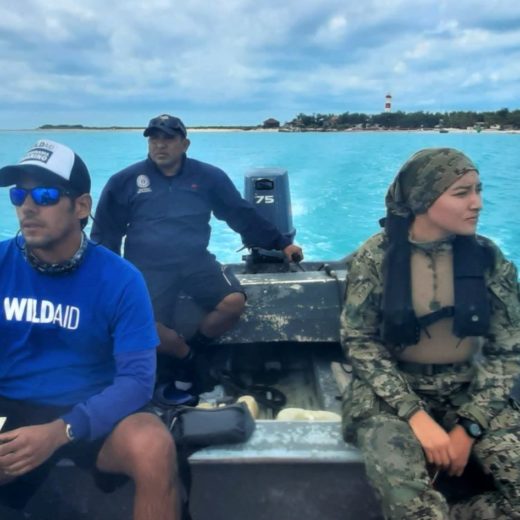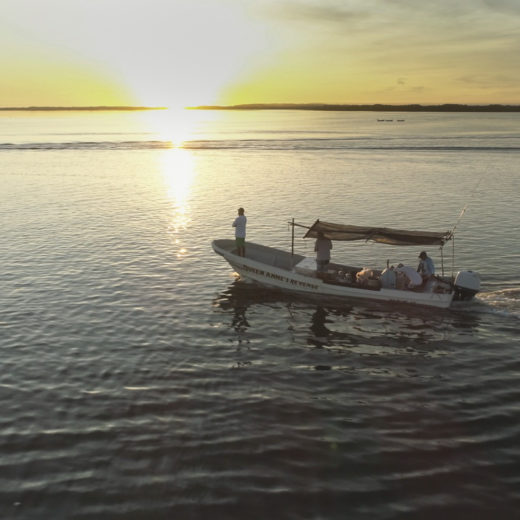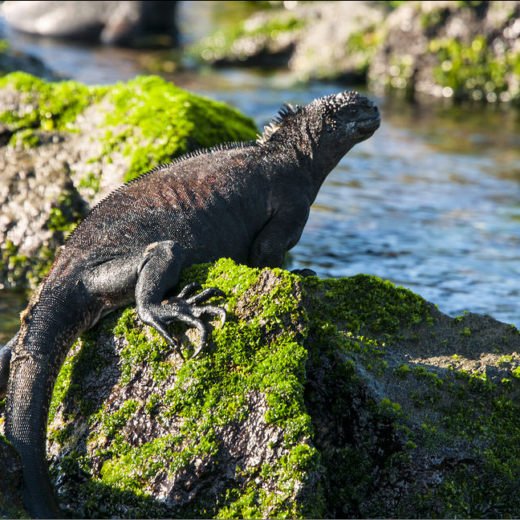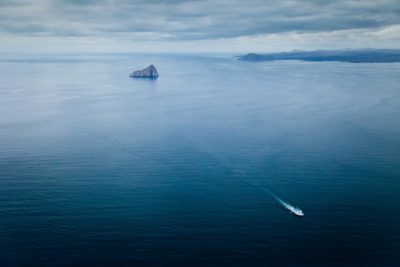
BY SILVIA SANCHEZ BOR, WILDAID MARINE PROGRAM
Simply designating a marine protected area (MPA) is not enough to protect critical habitat and species. A new study in Nature sought to answer how MPA management impacted fish populations. The results confirm a belief long-held by the marine community: the success of an MPA is directly correlated to effective management and this in turn requires adequate money and staff.
Researchers compiled data from over 4,000 management assessments and 16,000 fish survey sites in marine protected areas around the world. These were then trimmed down to build a database that contained 433 MPAs in 70 countries with management data, and 218 MPAs in 38 countries with fish survey data. Only 62 of the MPAs had data on both.
In fact, in an interview with Conservation International, a key WildAid partner in the enforcement of Ecuador’s MPAs, the study’s authors conclude that “staff capacity and budget were by far the strongest predictors of fish population outcomes. Even accounting for other factors like the size of the MPA, the age of the MPA, whether it allowed fishing or not, etc., […] MPAs with adequate staffing and budget had fish recoveries three times as large as those without adequate capacity.”
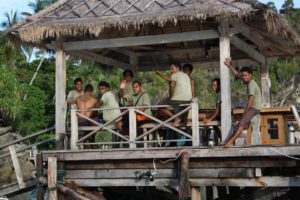

They added that, “while overall most MPAs have the legislation in place […] only 35 percent said they had an acceptable budget to manage the protected area, and only 9 percent said they had adequate staff to carry out critical management activities.” However, the researchers cautioned that “it’s not as simple as more bodies equals more enforcement.”
For us at WildAid the Nature findings confirm a strategy that we have advocated for and implemented over the past decade in areas like the Galapagos and Indonesia. Well equipped and trained Park Rangers and community members on the front lines are the core component of any enforcement program. We develop comprehensive strategies that combine the right mix of equipment, human resources and community outreach efforts. Only by ensuring a continuous presence and striking a balance between both hard and soft measures will we be able to ensure that marine parks reach their true potential allowing fish stocks to recover and flourish.
When you donate to WildAid, your contributions help us create thriving oceans and protection for some of the most biodiverse areas on the planet.
Stay in touch and get the latest WildAid updates.
SIGN UPAbout WildAid
WildAid is a non-profit organization with a mission to protect wildlife from illegal trade and other imminent threats. While most wildlife conservation groups focus on protecting animals from poaching, WildAid primarily works to reduce global consumption of wildlife products such as elephant ivory, rhino horn and shark fin soup. With an unrivaled portfolio of celebrity ambassadors and a global network of media partners, WildAid leverages more than $308 million in annual pro-bono media support with a simple message: When the Buying Stops, the Killing Can Too.
Journalists on deadline may email communications@wildaid.org
